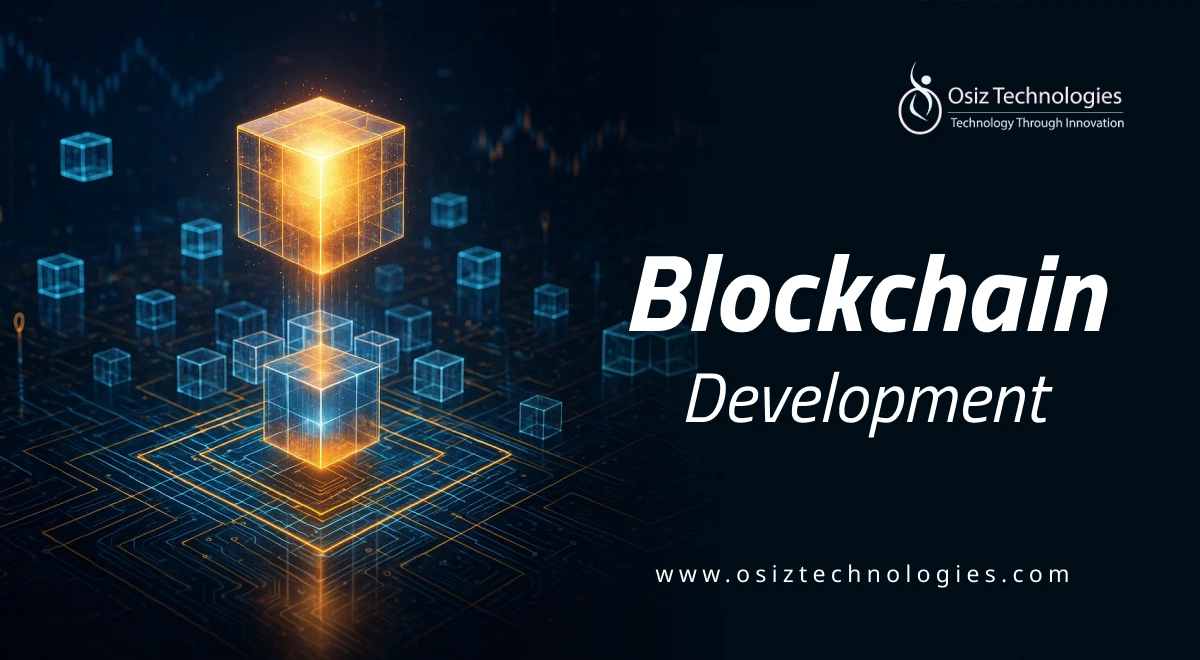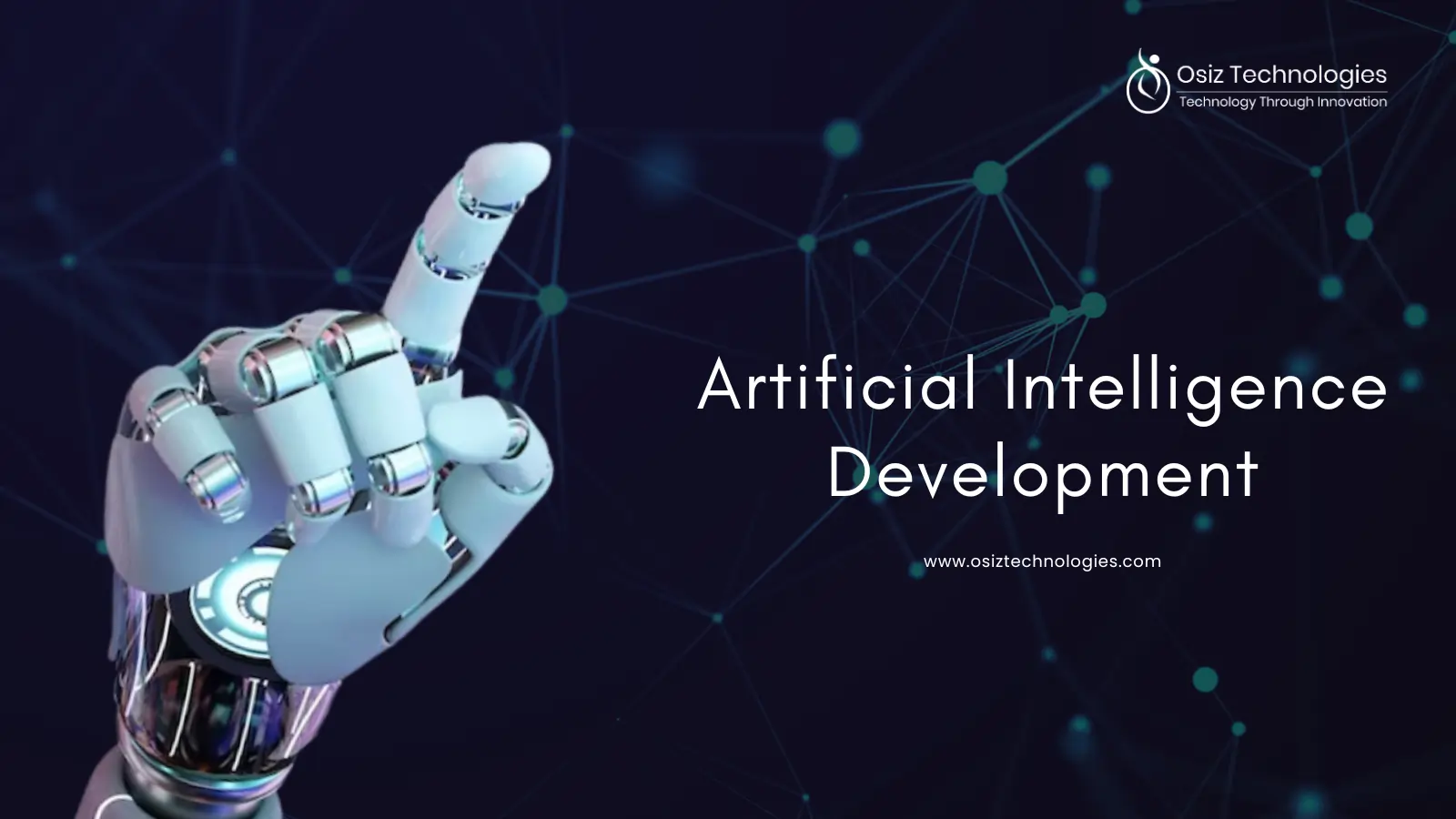As blockchain technology continues to evolve, developers are presented with an array of frameworks designed to simplify the development process. Understanding the common frameworks used in blockchain development is essential for anyone looking to build decentralized applications or enterprise solutions. This article explores the top blockchain frameworks for 2025, including Ethereum development frameworks, Hyperledger Fabric, Substrate, and others, providing insights into their features, benefits, and ideal use cases.
Understanding Blockchain Development Frameworks
Blockchain development frameworks serve as foundational tools that streamline the process of creating blockchain applications. They provide pre-built functionalities, libraries, and tools that help developers focus on building unique features rather than getting bogged down in the complexities of blockchain technology.
Why Choose a Blockchain Framework?
Choosing the right blockchain framework can significantly impact the success of your project. Here are some reasons why developers opt for specific frameworks:
- Speed: Frameworks often come with built-in functionalities that speed up the development process.
- Security: Established frameworks provide robust security features, reducing vulnerabilities.
- Community Support: Popular frameworks have active communities that offer support, resources, and updates.
- Scalability: Many frameworks are designed to handle large volumes of transactions, making them suitable for enterprise applications.
Top Blockchain Frameworks for 2025
Several frameworks stand out in the blockchain development landscape. Here’s a closer look at the most prominent ones:
1. Ethereum Development Frameworks
Ethereum remains one of the most popular platforms for blockchain development. Its frameworks, such as Truffle and Hardhat, are widely used for building decentralized applications (dApps).
Truffle Suite
Truffle provides a comprehensive suite of tools for Ethereum development, including smart contract compilation, deployment, and testing. Its user-friendly interface and extensive documentation make it an excellent choice for both beginners and experienced developers.
Hardhat
Hardhat is another powerful development environment for Ethereum, offering features like Solidity debugging and testing. It allows developers to run a local Ethereum network, making it easier to test and deploy smart contracts.
2. Hyperledger Fabric Framework
Hyperledger Fabric is a permissioned blockchain framework designed for enterprise solutions. Its modular architecture allows organizations to customize their blockchain networks according to their specific needs.
With features like private channels and smart contracts, Hyperledger Fabric is ideal for industries that require high levels of security and privacy, such as finance and supply chain management.
3. Substrate Blockchain Framework
Substrate is a versatile framework that allows developers to build custom blockchains tailored for specific use cases. It is particularly well-suited for projects that aim to leverage the Polkadot ecosystem.
Substrate’s modular design enables developers to select components that best fit their project requirements, making it a flexible option for various blockchain applications.
4. Solana Anchor Framework
Solana has gained popularity for its high throughput and low transaction costs. The Anchor framework simplifies the development of Solana programs, providing developers with a set of tools and libraries that enhance productivity.
With its focus on developer experience, Anchor allows for quick iterations and efficient deployment of decentralized applications.
5. Polkadot Blockchain Development
Polkadot is designed to facilitate interoperability between different blockchains. Its framework enables developers to create parachains that can communicate with one another, enhancing the overall functionality of the blockchain ecosystem.
By leveraging Polkadot, developers can build scalable applications that benefit from shared security and cross-chain communication.
Enterprise Blockchain Frameworks
For organizations looking to implement blockchain solutions, enterprise frameworks offer tailored features that address specific business needs. These frameworks often focus on security, scalability, and compliance.
Permissioned Blockchain Frameworks
Permissioned blockchain frameworks, such as Hyperledger Fabric, allow organizations to control who can participate in the network. This is particularly beneficial for industries that require strict regulatory compliance and data privacy.
Blockchain Platforms Comparison
When selecting a blockchain framework, it’s essential to compare different platforms based on factors like scalability, security, and community support. Each framework has its strengths and weaknesses, making it crucial to align your choice with your project goals.
Blockchain Application Development Tools
In addition to frameworks, various tools can aid in blockchain application development. These tools enhance the development process by providing functionalities such as testing, debugging, and deployment.
Ensuring Blockchain Framework Security
Security is paramount in blockchain development. Developers must ensure that the frameworks they choose adhere to best practices and have undergone rigorous testing. Regular updates and community support play a vital role in maintaining the security of blockchain applications.
Custom Blockchain Development Frameworks
For projects with unique requirements, custom blockchain development frameworks can be built from the ground up. This approach allows organizations to create tailored solutions that meet their specific needs.
Conclusion
Choosing the right blockchain framework is a critical decision that can influence the success of your project. By understanding the various frameworks available, their features, and their ideal use cases, developers can make informed choices that align with their goals. If you’re looking to develop a blockchain solution, consider connecting with us at osiztechnologies for expert guidance and support.
Listen To The Article










